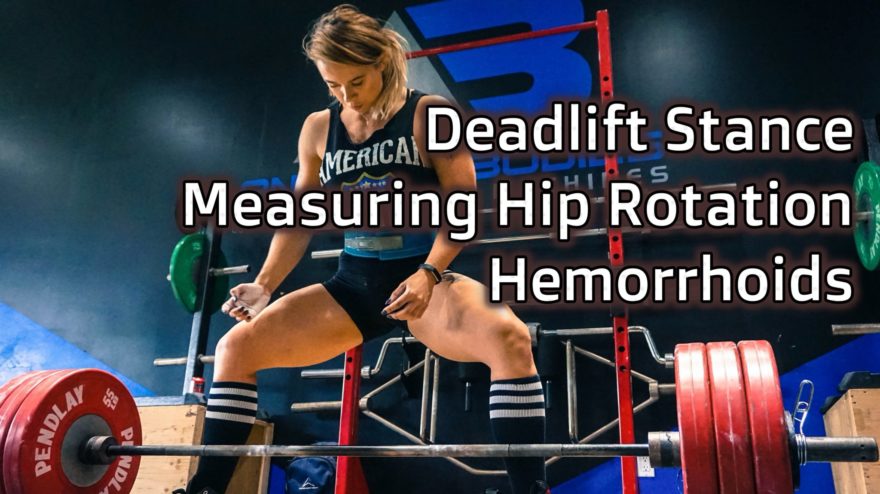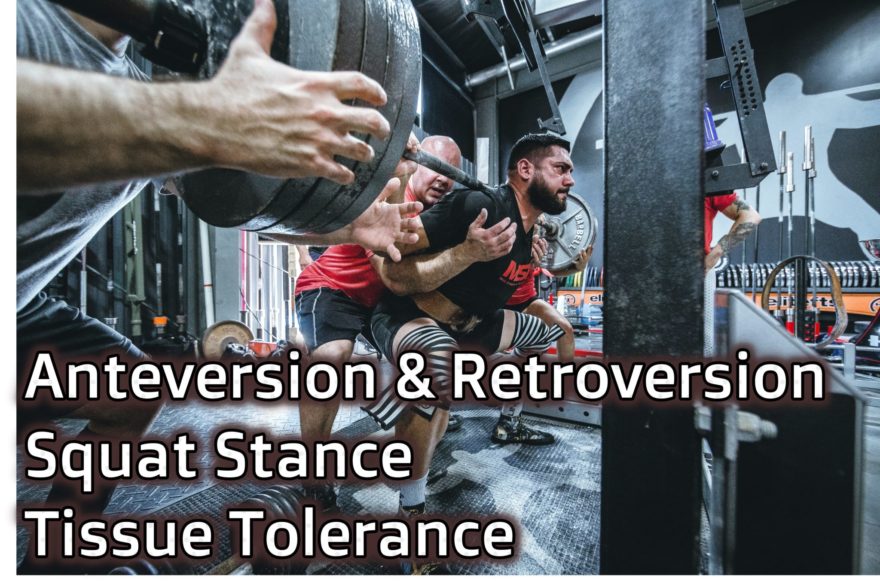Tag: stance

Deadlift Stance, Measuring Hip Rotation, and Hemorrhoids – Movement Debrief Episode 102
Movement Debrief Episode 102 is in the books. Below is a copy of the video for your viewing pleasure, and…

Anteversion, Retroversion, Squat Stance, and Tissue Tolerance – Movement Debrief Episode 101
Movement Debrief Episode 101 is in the books. Below is a copy of the video for your viewing pleasure, and…
Movement Chapter 8: SFMA Assessment Breakout Descriptions and Flowcharts
This is a chapter 8 summary of the book “Movement” by Gray Cook. What to Look For The SFMA breakouts…
